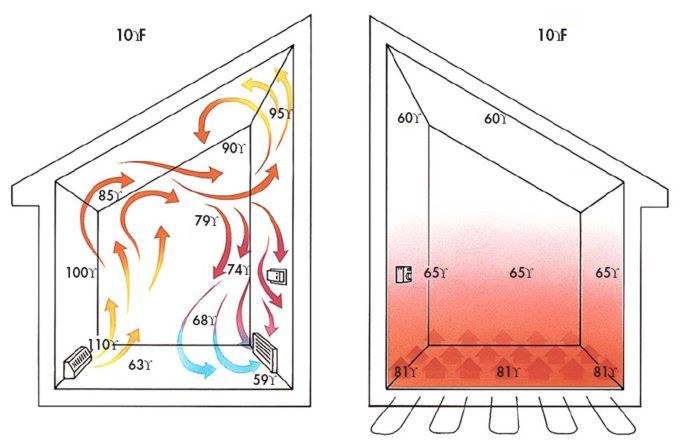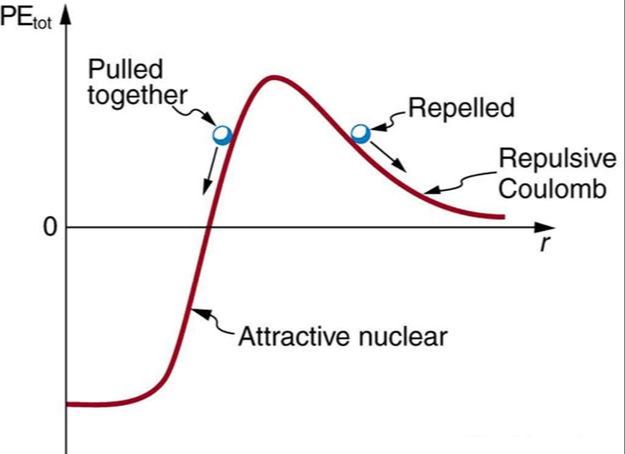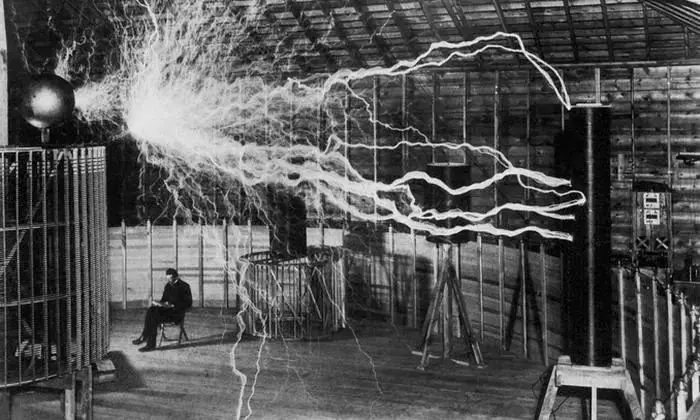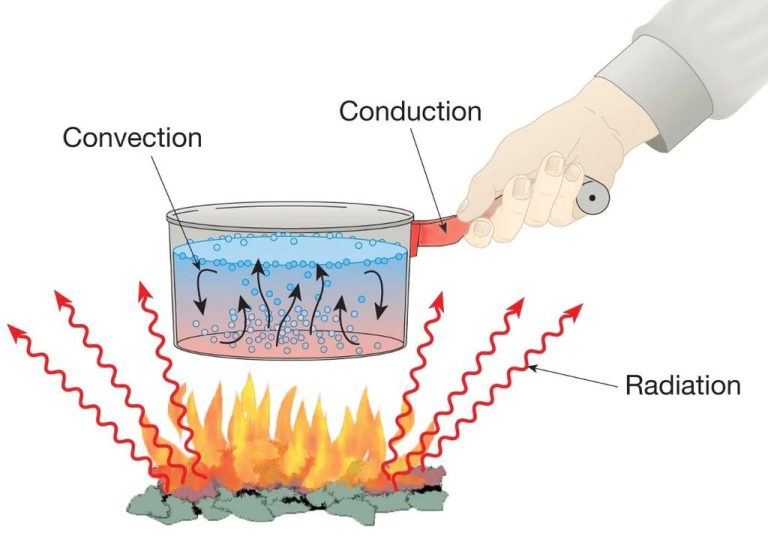What Is An Example Of Active Heating?
What is Active Heating?
Active heating refers to heating systems that require an external power source to generate and distribute heat. This is in contrast to passive heating which relies on natural energy flows and radiation to provide heat without the need for mechanical systems.
The key difference between active and passive heating is that active heating actively creates heat using electricity, gas, oil or other external power sources. Passive heating captures naturally occurring heat from the sun, geothermal energy sources or ambient air and moves it indoors through design and materials.
Examples of active heating systems include boilers, furnaces, electric resistance heating, and heat pumps. Passive solar design, trombe walls, and geothermal heat pumps are examples of passive heating systems.
Active heating allows for greater control and distribution of heat through forced-air systems or hydronic radiators. But it relies on energy sources that must be purchased. Passive heating is free but depends on site conditions and weather.
Examples of Active Heating Systems
Active heating systems require some kind of energy source to generate and circulate heat through a building. The most common types of active heating systems found in homes and businesses include:
Forced Air Furnace
A forced air furnace uses gas, oil, or electricity to heat air and distribute it throughout a building via ductwork. This hot air is blown through ventilation ducts and distributed out of vents located in different rooms. Forced air furnaces are a popular choice for whole-home heating. They provide consistent and even heating through efficient air circulation.
Electric Baseboard Heaters
Electric baseboard heaters use electricity to warm interior spaces. They consist of a heating element encased in a metal pipe attached to the base of wall. As the heating element warms up, it radiates heat outward into the room. Baseboard heaters allow for room-by-room temperature control and are easy to install. However, electricity as a heating fuel can be more expensive than gas or oil.
Radiant Floor Heating
Radiant floor heating systems use hot water, electricity, or geothermal energy to heat the floor itself, which then radiates heat upwards into the room. Tubing or heating cables are embedded in the floor during construction. Warm water, electric current, or refrigerant passes through these systems to gently heat the floor. Radiant floor heating provides uniform warmth through the soles of your feet.

How Active Heating Systems Work
Active heating systems use electrical energy to power fans, pumps, or electric currents to generate and distribute heat. This makes them different from passive heating systems like radiators or baseboard heaters that rely solely on the natural convection of hot water or steam.
There are a few main components that allow active heating systems to work:
- A heat source – This is usually a furnace or boiler that burns fuel like natural gas, propane, or oil. Electric heat pumps also act as a heat source by moving heat, rather than generating it directly.
- Fans or pumps – These use electricity to forcefully move air or liquid through the system to distribute heat. For example, forced-air furnaces use powerful fans while hydronic radiant systems rely on pumps.
- Electric heating elements – Some active systems like electric baseboard heaters or space heaters use electric currents directly to produce heat instead of relying on a combustion or heat pump process.
- Distribution system – Ductwork, vents, piping, and radiators are used to move the heated air or liquid from the heat source to the rooms and spaces requiring heating.
- Thermostat – This allows users to control the heating system and set their desired temperature.
By actively circulating heated air or liquid with fans and pumps, active heating systems can distribute warmth more quickly, evenly, and efficiently than passive systems relying on gravity and natural convection.
Benefits of Active Heating
There are several key benefits that make active heating systems an attractive option for many homes and businesses:
Precise Temperature Control
Unlike passive heating which relies on the natural flow of heat, active systems allow you to precisely control the temperature in your home. Thermostats and advanced control systems let you set customized temperatures for different zones in your house.
Even Heat Distribution
Active heating circulates warmed air or water throughout a building, ensuring even distribution of heat to all rooms. This prevents cold or hot spots that can occur with passive systems.
Flexible Zoning
Zoning gives you the ability to control temperatures in specific rooms or areas of your home. For example, you can set a lower temperature in bedrooms or unused rooms to save energy and money.
Drawbacks of Active Heating
While active heating systems provide more control over indoor temperatures, they also come with some potential drawbacks compared to passive heating systems.
One of the main downsides of active heating is that it generally has higher energy costs. Active systems like furnaces, boilers, and heat pumps all require electricity to power fans, pumps, and compressors. This continuous electrical draw can lead to higher monthly utility bills compared to passive solar or geothermal systems.
The electrical components in active heating systems can also generate unwanted noise. The hum of furnace blower fans and heat pump compressors may be audible throughout a home. Those sensitive to noise may find this distracting.
Lastly, active heating systems require more frequent maintenance than passive systems. Components like air filters, igniters, and moving parts wear out over time. Homeowners must stay on top of recommended maintenance to keep their active heating system operating efficiently and safely.
Comparing Active and Passive Heating
Active and passive heating systems have some key differences when it comes to efficiency, costs, and aesthetics.
In terms of efficiency, active heating systems tend to be more efficient at heating a home than passive systems. Active systems use mechanical components like furnaces, boilers, and heat pumps to generate and distribute heat. This allows them to deliver heat quickly and evenly throughout a home. Passive solar design and other passive techniques rely solely on natural energy flows and architectural design for heating. They can reduce heating bills but usually need to be supplemented by an active system.
Installation and operating costs also tend to be higher for active systems. Furnaces, boilers, heat pumps and ductwork are expensive to purchase and install. Fuel and electricity costs are ongoing operating expenses. Passive solar heating is incorporated into the design of a home through orientation, windows, and materials. It requires no mechanical equipment and has minimal operating costs beyond standard home maintenance.
Aesthetically, active systems are relatively hidden – heating hardware is tucked away in utility closets or basements. Passive solar design is front and center, with large windows, trombe walls, and other architectural elements that are chosen in part for aesthetics as well as functionality. Active systems offer more flexibility in home design while passive solar limits layout options in order to maximize solar gain.
Active Heating Systems by Fuel Source
There are several main types of fuel sources used to power active heating systems:
Electric
Electric heating systems use electricity to heat homes. This includes baseboard heaters, wall heaters, and electric furnaces. Electricity offers a clean and convenient heating method, but can be more expensive than other fuel types.
Natural Gas
Natural gas heating is very common for active heating systems. Natural gas furnaces and boilers heat air or water which is circulated throughout the home. Natural gas provides efficient home heating and is readily available to many homeowners.
Propane
Propane furnaces and boilers can provide efficient heating similar to natural gas systems. Propane is delivered and stored in tanks on the property. It offers an alternative for homes without natural gas service.
Geothermal
Geothermal heating pumps heat from the ground to provide climate control. This system uses the stable temperatures underground to heat and cool a home. It’s an energy efficient option but involves installing ground loops.
Choosing the Right Active Heating System
When selecting an active heating system for your home, there are several key factors to consider:
Fuel Type – Active heating systems run on natural gas, propane, fuel oil, or electricity. Each fuel type has pros and cons in terms of cost, availability, and efficiency. For example, gas furnaces tend to be less expensive to operate than electric heaters, but you need access to a gas line. Carefully weigh the options for your specific situation.
Size – Make sure to choose a heating system that is properly sized for your home. An oversized system will cycle on and off frequently, leading to inefficiency. An undersized system won’t be able to heat the home adequately. Consult with an HVAC professional to determine the appropriate BTU output.
Zoning – If you have a large home, you may benefit from a zoned heating system that allows you to control temperatures in different areas. This provides comfort and optimization. A contractor can help design an appropriate zoning strategy.
Take the time to thoroughly assess your needs and research different active heating system options before investing. A bit of planning upfront can ensure you select the right system for your home’s unique requirements.
Installing an Active Heating System
Installing a new active heating system in your home is a major project that requires careful planning and preparation. Here are some key steps to take if you’re considering installing a new furnace, boiler, or other active heating system:
Hire a Licensed Professional
Heating system installation is complex work that calls for specific technical skills and expertise. Hire a licensed, professional HVAC contractor to handle the job. Look for a company with extensive experience, positive reviews, and proper licensing and insurance.
Get Proper Permits
Most jurisdictions require permits for installing heating systems to ensure the work meets all codes and regulations. Your HVAC contractor will pull the needed permits, but make sure to check on permit requirements for your area.
Review Timeline and Costs
Installing a furnace or boiler takes 1-3 days depending on the complexity of the job. Make sure your contractor provides a detailed timeline and explains all costs upfront. The total costs will depend on the heating system selected and the complexity of the install, but expect to pay $5,000-$12,000 or more for a full system replacement.
Take the time to thoroughly research and plan your active heating system installation. Hiring professional contractors and understanding all timelines, permits, and costs will help ensure your new system is installed properly for optimal safety, efficiency, and comfort.
Maintaining an Active Heating System
Proper maintenance is crucial for keeping an active heating system running efficiently and safely. Here are some key maintenance tips:
Clean Filters and Blowers
Dirty air filters reduce airflow and make your system work harder to push air through. Check and clean or replace filters every 1-3 months. Clean blower components like fan blades and motor housing regularly as dust buildup can reduce performance.
Schedule Professional Inspections and Tuning
Have a professional technician inspect your heating system annually. They can check for leaks, corrosion, proper gas pressure, ignition issues, and more. Regular maintenance helps keep your system tuned for peak efficiency and safety.
Implement Energy Efficiency Improvements
Simple upgrades like adding insulation, weatherstripping, or a programmable thermostat can optimize energy use. Have a professional perform an energy audit to identify savings opportunities. Keeping your heating system properly maintained helps it run as efficiently as possible.







